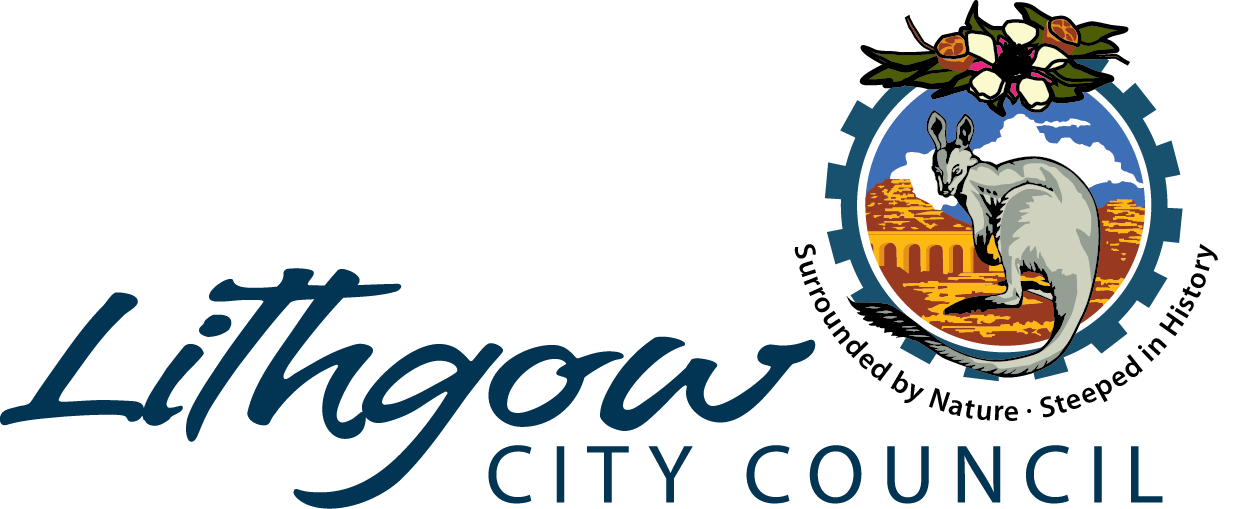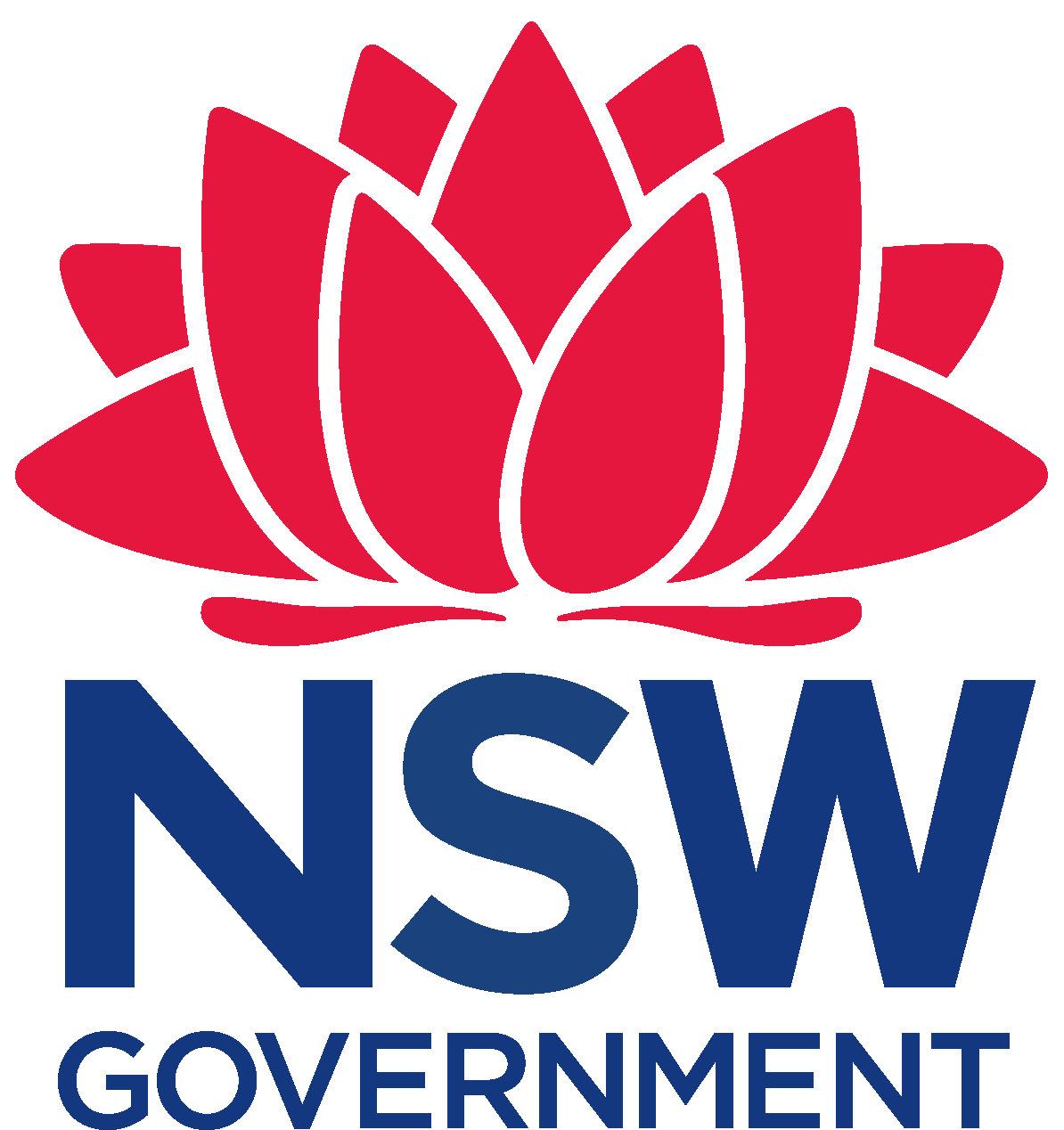Draft Lithgow Floodplain Risk Management Study and Plan


To view the Draft Lithgow Floodplain Risk Management Study and Plan, please download the Report and Figures PDF from the document library Here.
Key Dates
17th March – Public Exhibition Starts
28th March – Community Presentation & Q&A
28th April – Submissions to the plane are due
Lithgow Floodplain Risk Management Study and Plan Documents
Other Relevant Documents
What Is The Objective Of The Floodplain Risk Management Study And Plan For Lithgow?
The overall objectives of the Lithgow Floodplain Risk Management Study and Plan was to review the Lithgow Floodplain Management Plan that was prepared on behalf of Council in 1991, reassess the impacts of flooding on existing development, review existing Council policies as they relate to development of land in flood liable areas, consider measures for the management of flood affected land, and to develop the Lithgow Floodplain Risk Management Plan 2023 which:
- Proposes modifications to existing Council policies to ensure that the development of flood affected land is undertaken so as to be compatible with the flood hazard and risk.
- Sets out the recommended program of works and measures aimed at reducing over time, the social, environmental and economic impacts of flooding.
- Provides a program for implementation of the proposed works and measures.
Key Stages
The Draft Lithgow Floodplain Risk Management Study and Plan falls under the Floodplain Risk Management Process as defined in the NSW Floodplain Manual 2005.
In 2017, Council published the Lithgow Flood Study which is a technical investigation of flood behaviour within the Lithgow and Marrangaroo Catchment areas which provided the baseline data for the draft study and plan.
Mapping
To view the mapping associated with the Draft Lithgow Floodplain Risk Management Study and Plan, please click HERE and follow the steps below:
How to Find Your Property
- Once you have opened the webpage, you will be greeted by a conditions of use agreement. To proceed, click the tick box and press continue.
- At the bottom of the screen, click on the button labelled “ADDRESS”. This will change the tab on the bottom of the screen which will now contain a blank textbox.
- Type your address into the text box. While typing, a drop box of related addresses will appear. Click on your address when shown. Please note that your address may not work if you do not select the address from the drop-down box.
- Once you have selected your address, click the search button below which will zoom the map to your property. Your property will now be outlined in red on the map.5. The colours shown on the map are identified as:
-
- Red: Mainstream Flooding at a 1 in 100-year event
- Blue: Major Overland Flow at a 1 in 100-year event
- Teal/Green: Probable Maximum Flood
Please click on the heading ‘Explanation of Flood Layers’ for further explanation of what these layers mean
-
Interactive Map
Explanation Of Flood Layers
Community Presentation
Lithgow City Council will be hosting a presentation where Council’s flood consultant, Lyall & Associates, will be presenting the contents of the Draft Lithgow Floodplain Risk Management Study and Plan to the community in conjunction with a Q&A session at 5pm on the 28th of March 2023 at the Maldhan Ngurr Ngurra Lithgow Transformation Hub (corner of Bridge Street and Mort Street). Members of the public who wish to learn more about the study and plan are encouraged to attend.
How Can I Provide Feedback Or Ask Questions?
If you would like to ask a question regarding the Plan, please use the enquiry form located at the bottom of this page.
If you wish to make a submission to the Plan, please use one of the options below.
- Complete our online submission form located at the bottom of this page.
- Email your submission to council@lithgow.nsw.gov.au. Please reference “Draft LFRMSP2023” in the subject line.
- Mail your submission to PO Box 19 LITHGOW NSW 2790. Please attention the letter to the General Manager referencing “Draft LFRMSP2023”.
All submissions to the Plan need to be received by no later than the close of business 28th April 2023.
Frequently Asked Questions
What Are The Types Of Flooding?
Mainstream Flooding occurs when flow surcharges the channels of Farmers Creek and Marrangaroo Creek, as well as their major tributaries. These flows may be several metres deep in the channels and relatively fast moving. Mainstream Flooding also occurs when flow surcharges the major pipelines that have been laid along the routes of natural channels as the catchments have urbanised.
Overland Flooding occurs from runoff which travels as either sheet or concentrated flow over grassed and paved surfaces in individual allotments, or along roads en-route to the trunk drainage system, or surcharges the minor pipes in the catchment headwaters and the lateral sub-catchments bordering the trunk drainage systems. Major Overland Flow is limited to areas affected by depths of flow greater than 100 millimetres.
What Is The Probable Maximum Flood (PMF)?
What Is The 1% AEP Flood?
In this instance, a 1% AEP represents the intensity of a rain event that has a 1% chance of occurring per year, otherwise stated as a 1 in 100-year occurrence.
It is important to note that this is a statistical average and should a 1% AEP flood event occur within a year, a similar or greater rainfall event may occur at any time within the next 99 years.
What Is The Flood Planning Area And Flood Planning Level?
Flood Planning Level is the height used to set floor levels for development in flood prone areas. This is defined as the 1% AEP (1 in 100-year flood) flood level plus freeboard (0.5m for areas affected by Mainstream Flooding and 0.3m for areas affected by Major Overland Flooding).
What Is A Freeboard?
How Are Flood Affected Properties Identified?
You can view the modelling HERE.
Council is required to notify properties that are subject to flood planning controls in Section 10.7 Planning Certificates.
My Property Has Been Identified As Flood Affected But Has Never Flooded
What If I Disagree With The Flood Mapping For My Area/Property?
If you believe that are not correct for your property, you can seek professional advice relating to your property and request Council to review.
Will This Affect My Insurance Premiums?
Individual insurance companies typically identify Flood Prone Land and assess risk through their own flood studies, analysis and flood mapping exercises, irrespective of whether Council has undertaken a flood study. These calculations are outside Council’s control.
Will The Notation Affect The Value Of My Property?
The notification may affect one potential buyer’s decision to purchase a property but for another it may have no impact. Studies have shown that an actual flood event rather than a flood planning notation, is more likely to have an effect on property values.
Enquiry Form
If you would like to be contacted by Council to further discuss the Draft plan, please complete the form below.
Please select a valid form.
Submission Form
If you would like to make a submission to Council regarding the Draft Lithgow Floodplain Risk Management Study and Plan please complete the form below
Please select a valid form.